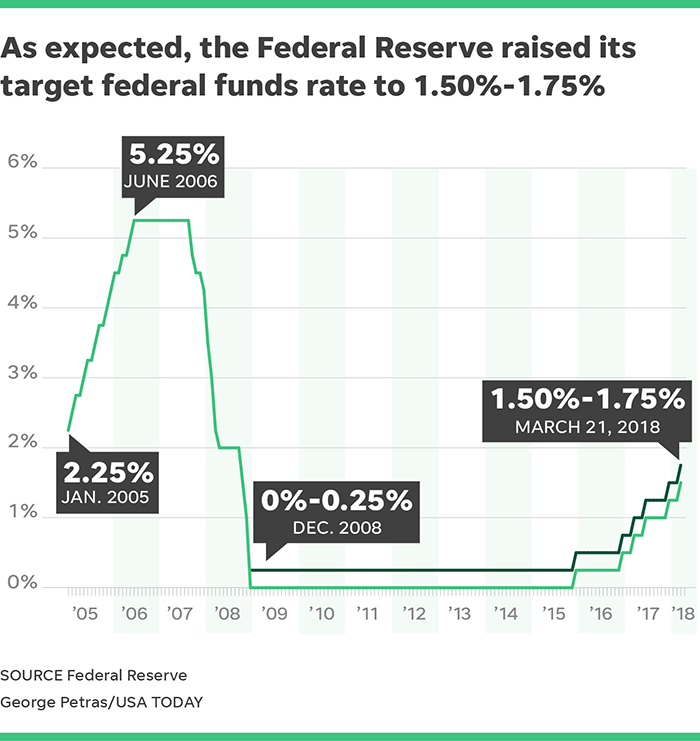This second installment of study notes for exam FM/2 covers determinants of interest rates. The objective like the first installment covering interest rate swaps is to provide studying for the FM exam with the key points and takeaways from the topic at hand. Determinants of Interest Rates is tested on the new syllabus for exam FM/2 with a weight of 0~10% according to the learning objectives syllabus.
The full document from the SOA can be found here (pdf download).
Federal Funds Rate
Interest rate for one bank to borrow from another bank's reserve (to meet minimum reserve requirements). Adjusted to approximately match "federal funds target rate."
Discount Rate
Rate that banks can borrow at, directly from federal reserve bank.
LIBOR (London Interbank Offered Rate)
International interest rates for short-term loans.
Federal Reserve Bank (US's central banks)
- Board of Governors
- 12 regional reserve banks
- FOMC (Federal Open Market Committee) sets federal funds target rate to stabilize: employment rate, stable prices, moderate long-term interest rates
Bond Concepts
call provision: option for issuer to pay (above par) before maturity date
put provision: option for holder to sell (below par) to issuer before maturity.
These give option to re-negotiate a new bond at better interest rate, following liquidity preference theory and opportunity cost theory.
- revenue bonds: example - contingent on tolls for drivers on bridge, charges to homeowners for water services, etc
- general obligation bonds: backed by general taxing authority or state/local government
Interest Concepts
- yield with risk of default should be higher to compensate for this risk
- "prime rate" - rate charged to bank's best and most creditworthy customers. only a few entities receive this rate, but it is used as a benchmark for comparison.
Treasury Bills (T-Bills):
- 1 year or less term
- no interest
- sold at discount
- quoted with simple discount & actual/360
Treasury Notes/Bonds (T-Bond):
- 2~30 years term
- semi-annual interest coupons
- sold at or near par
- quoted with semi-annual compounding
